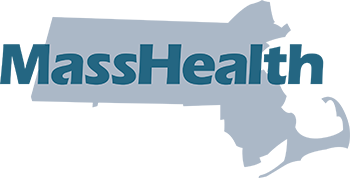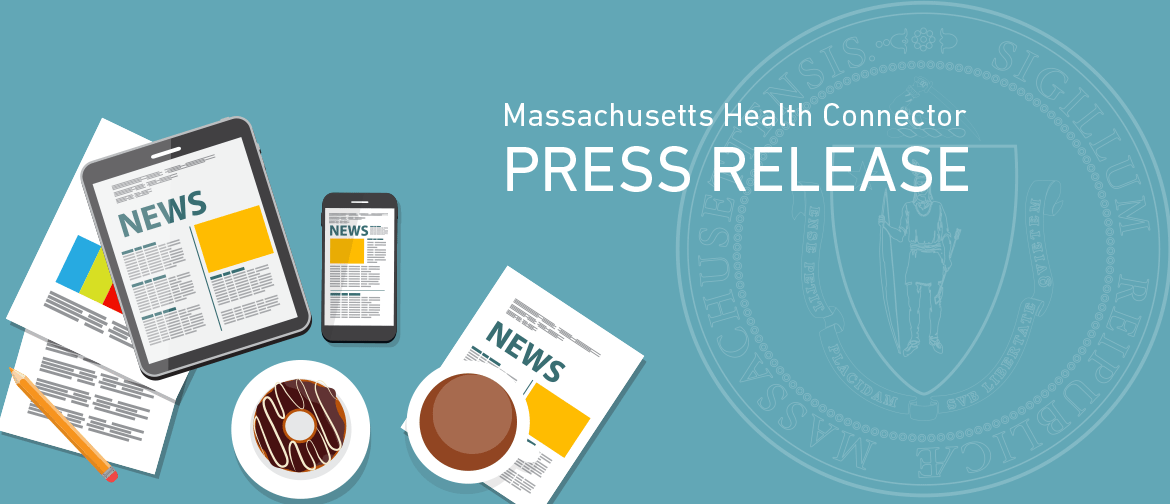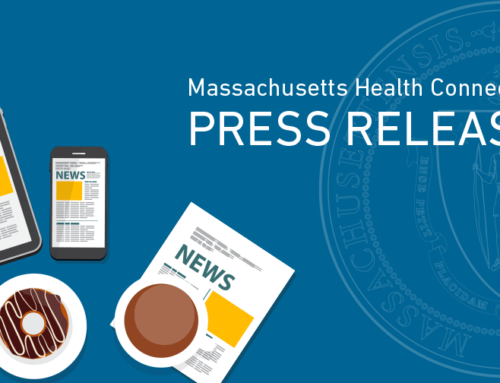BOSTON – February 8, 2018 – The Massachusetts Health Connector finished Open Enrollment on Jan. 23 with stable membership, despite premium increases that occurred as a result of federal policy changes just weeks before the start of Open Enrollment.
As of Feb. 1, the Health Connector had 252,786 people in health coverage for February enrollments, compared to 246,831 as of Feb. 1 last year.
In October, less than a month before the start of Open Enrollment, the Health Connector and the Division of Insurance allowed carriers to use increased premiums for some Silver tier plans sold through the Health Connector, in order to maintain market stability in the face of the federal government’s decision to stop making cost-sharing reduction (CSR) payments to carriers. That decision meant that many unsubsidized Health Connector members faced premium increases averaging 26 percent higher than 2017. The Health Connector encouraged shopping for less expensive plans on the exchange, and also assisted members who chose to leave the exchange for similar, lower-cost plans through their carrier.
“Our goal every Open Enrollment is to expand access to affordable coverage to people who do not have health insurance, and to ensure that our current members are able to maintain quality coverage that best suits their needs,” said Louis Gutierrez, the Executive Director of the Massachusetts Health Connector. We were able to not only help thousands of people get new health insurance through the Health Connector, but also help tens of thousands of others maintain coverage, even if it was off-exchange.”
The Health Connector’s Open Enrollment success was based on a complete outreach and support strategy that mirrored the exchange’s commitment in recent years. The Health Connector ran a three-month Open Enrollment period, from Nov. 1 through Jan. 23. The exchange funded 16 community-based Navigator organizations around the state, providing face-to-face assistance for applicants and members, including more than 20,000 in the first two months of Open Enrollment. By operating walk-in centers and call center at full capacity, the Health Connector was able to offer guidance and help to more than 300,000 callers and visitors during Open Enrollment.
The overall enrollment figures at the end of Open Enrollment and the number of new members coming into the exchange for 2018 coverage highlight the ongoing value for Massachusetts residents to have a place to access to affordable coverage. The Health Connector traditionally sees significant movement at the start of the year, as renewing members consider their coverage needs, and people with a new need for coverage come to the exchange.
During this Open Enrollment, that transition period included the Health Connector helping over 70,000 members avoid significant premium increases due to the loss of CSR payments. By the end of Open Enrollment, 45 percent of the potentially impacted members had taken action to update their Health Connector account to return to ConnectorCare or pick a new plan, and 27 percent were in their same plan as 2017. The remainder ended their Health Connector coverage, for reasons including moving directly to a carrier, being determined for another form of coverage, or finding health insurance through a different way, like a job or spouse’s coverage.
In 2018, the Health Connector will continue its work to ensure the long-term stability of the exchange, seeking opportunities to maintain coverage gains made in Massachusetts’ merged market and broader health coverage landscape since the state’s landmark health reform law was passed in 2006. This effort includes ensuring Massachusetts residents are reminded the state individual mandate remains in effect, and continuing improvements to the experience of the Health Connector’s members, including rolling out new tools to make finding affordable coverage easier.
Additionally, the new Health Connector for Business was launched in November, and 2018 is the first full year small businesses in Massachusetts can use the new platform to quickly compare more than 50 plans from seven commercial carriers, including plans that could have similar benefits with lower costs than their current plans, and offer employees the flexibility to choose the plan that best meets their needs.
###









